In our previous series The Ultimate Guide to Color Theory for Sweater Knitters we looked briefly into seasonal color analysis and how it can work with the color wheel. Now we’re looking at each season a little bit deeper and including a few modifiers to be more specific within each season. Ultimately the goal is for you to find your absolute best colors! Once you have an idea of which colors look best on you it can be translated directly into your sweater knitting.
[title text=”Summer Basics” style=”bold_center”]If you are a Summer that means you have a cool skin tone and hair that is naturally lighter than medium brown.
As a Summer there is a low level of contrast between your hair and eye color. However you can also have cool deep hair, eye color and light skin.
You have an overall cool and ashy coloring no matter if your hair is blonde or brown, and no matter if your skin is light or dark.
Your eyes have a soft, cool tone quality to them, such as slate and blue. Often with some grey to them, such as greyish hazel, greyish blue, greyish green.
Your skin is dominantly cool with pink or blue undertone (without a tan)
Your hair color is in general cool and ashy, with little or no red or golden highlights. Hair color within the Summer season ranges from the lightest and ashiest blonde to deep ash brown
As a summer you are the most delicate and coolest season of all fours seasons in seasonal color analysis. You will generally have muted coloring with medium-light to medium-dark intensity. Many dark-haired Summers get mistaken for being a Winter. However the difference between a dark haired Summer and a Winter is the quality of the coloring – which is softer than a Winter’s.
It is possible for women of color to be a Summer but they need to have an overall cool coloring as well as an eye color other than brown.
Within the overarching Summer category there are three subcategories, light, soft and cool. Each of these modifiers has one or two distinguishing features that hopefully will help you determine your very best colors!
[title text=”Light Summer” style=”bold_center”]If you’re a Light Summer then you are strictly light from head to toe (skin, eyes and hair). Light Summers are a blend of Summer and Spring (or Summer ‘flowing’ into Spring.) Some of the more neutral colors of spring will be in this palette as will soft greys, soft blues, dusty rose and other light elegant colors. Monochromatic color schemes work great for you! Avoid high contrasts in colors. Because of your delicate coloring, its easy to get overpowered. Remember, too, that there will be some noticeable warmth in your coloring due to the Spring influence. This season often gets mistaken for Springs.
[title text=”Soft Summer” style=”bold_center”]You can appear neutral. The same as soft Autumns – only they can wear warm colors better. If you discover a slight more warmth to your complexion you may flow into soft Autumn palette. The soft Summer is a blend of both Summer and Autumn (or Summer “flowing” into Autumn). The effects of this blending of cool and warm is a look that can be very neutral, especially when you look at the skin. The most important thing to remember is that your want to keep your colors soft and muted, nothing clear, bright and overpowering. Because of the soft coloring, it can be easy for a Soft Summer to appear “mousy” or bland if she doesn’t wear her best colors. But when she does, her coloring takes on a beautiful soft elegance.
[title text=”Cool Summer” style=”bold_center”]You’re dominantly cool in coloring – cool eyes, cool hair and cool skin – with little or no warmth to your skin. Compared to other color palettes that flow into other seasons, yours is more restricted to cool summer colors only. However there are some colors may overlap with Cool Winter. The Cool Summer’s primary goal is to avoid wearing warm, golden colors. Blue is a Cool Summer’s best friend. Almost all shades of blue…from sky blue to Navy look great on you. Besides avoiding warm colors, make sure they are on the soft side. Nothing bright and clear or overpowering.
[title text=”How To Use Your Colors” style=”bold_center”]Use Your Colors As A Guide, Not A Rule
You should not rely on your colors like a fail-proof rule for every color that looks good on you. Why not? Because the 12 seasonal sub-types are not exclusive nor comprehensive. That means that you might not neatly fit into only one type and be suited to only one color palette.
If your complexion does fit one of the types well, it would be a huge shame to just ignore the all the other colors . The other palettes, especially your within your season offer a whole host of other shades to explore that will suit you just as well. Using the other palettes can help you build a more varied, yet still cohesive color schemes for your knitting needs. Use your recommended color palette as a starting point and work from there to experiment with additional colors tones and shades.
Personal Preference Trumps Color Analysis
Your color palette should never restrict your ability to express your aesthetic preference through your knitting. If your recommended colors do not match your style concept, just analyze each shade individually and decide if you can pull it off. Using the process of elimination you can begin to build a very personal color palette for yourself. If a certain shade makes you look sickly try to find a replacement that still captures the color’s essence but fits your skin’s undertone a little better.
If a colour does not look amazing but also not horrible on you, then I say go for it! I’m a warm Spring so black is definitely not one of my best colours, but I love it! Instead of the super saturated dark black I usually go for a softer grey or charcoal (and they also happen to be easier to see when I’m knitting).
Prioritize Colors Close To Your Face
The whole point of color analysis is to find colours that flatter your skin tone, hair and eye colour, in other words your face. Colors that are not in near your face might have an impact on the overall look of your sweater, but not on your complexion. As you’re planning out your next sweater project try to put colors from your recommended palette near your face. If there is a color that you love that isn’t within your palette go ahead and use it, but try using it for details or in a lower part of the sweater far from your face. For more about colors and neutrals that look great together check out these articles in our color theory series!
Traditional Color Combinations
Combining Colors and Neutrals
As you’re reading this you may discover that you’re not a Summer at all. If that’s the case don’t worry! Check out our other posts for Spring, Autumn and Winter.
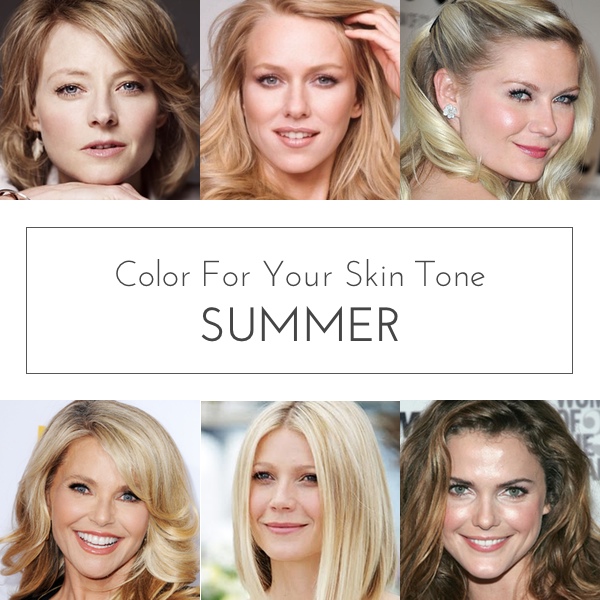
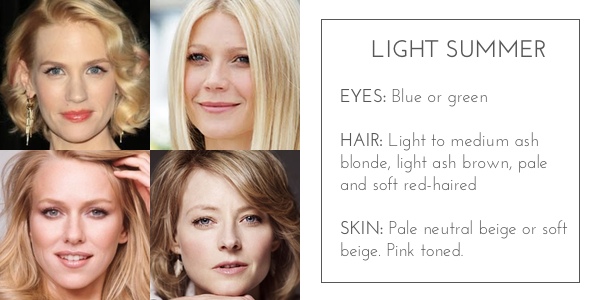
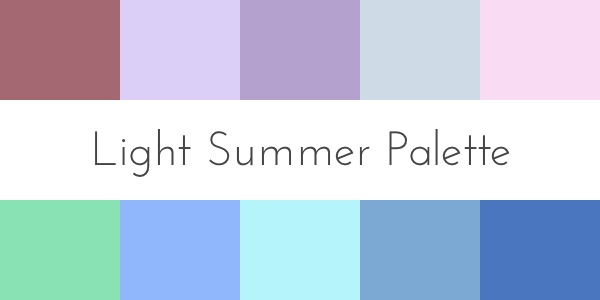
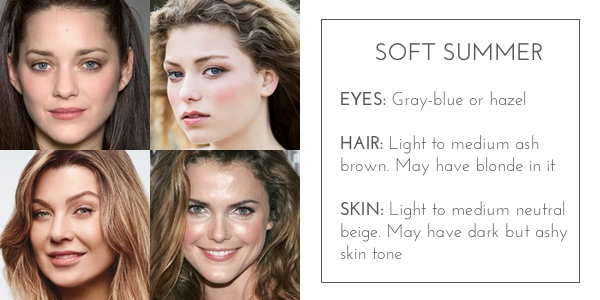
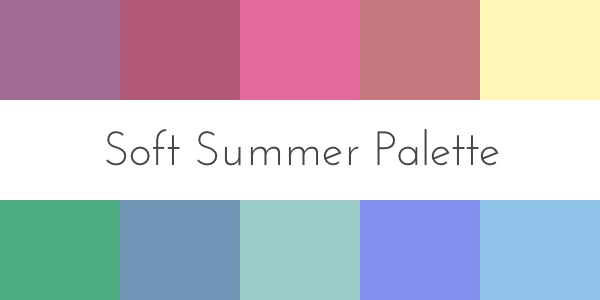
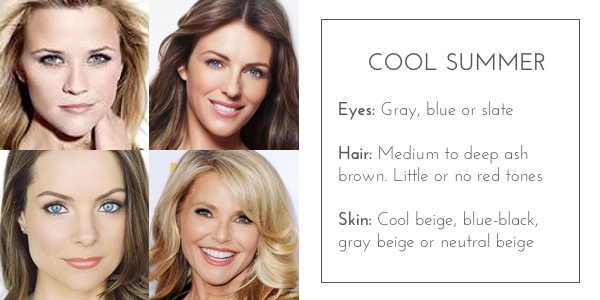

Comments on Color For Your Skin Tone: Summer